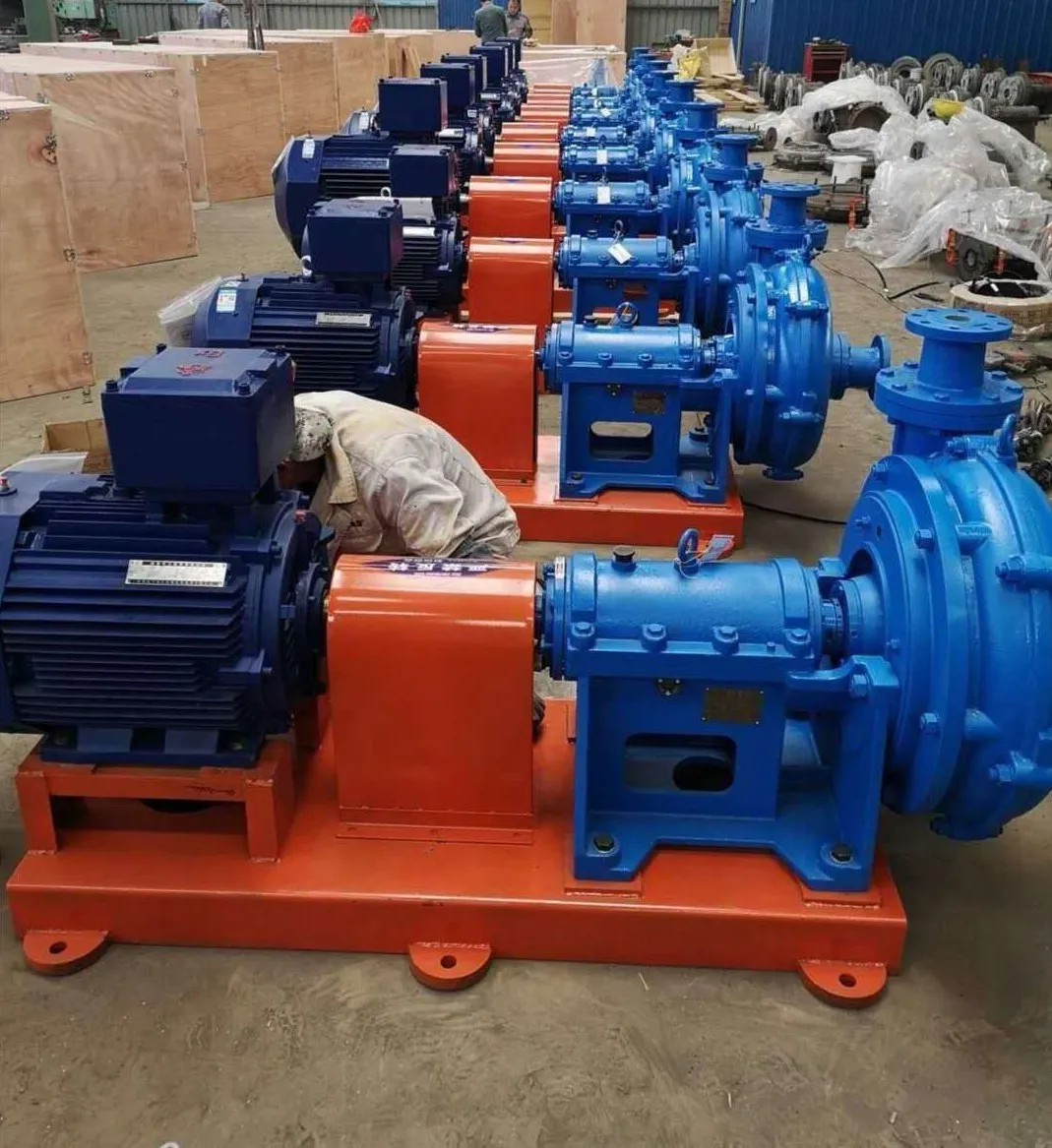Corsican
- Afrikaans
- Albanian
- Amharic
- Arabic
- Armenian
- Azerbaijani
- Basque
- Belarusian
- Bengali
- Bosnian
- Bulgarian
- Catalan
- Cebuano
- Corsican
- Croatian
- Czech
- Danish
- Dutch
- English
- Esperanto
- Estonian
- Finnish
- French
- Frisian
- Galician
- Georgian
- German
- Greek
- Gujarati
- Haitian Creole
- hausa
- hawaiian
- Hebrew
- Hindi
- Miao
- Hungarian
- Icelandic
- igbo
- Indonesian
- irish
- Italian
- Japanese
- Javanese
- Kannada
- kazakh
- Khmer
- Rwandese
- Korean
- Kurdish
- Kyrgyz
- Lao
- Latin
- Latvian
- Lithuanian
- Luxembourgish
- Macedonian
- Malgashi
- Malay
- Malayalam
- Maltese
- Maori
- Marathi
- Mongolian
- Myanmar
- Nepali
- Norwegian
- Norwegian
- Occitan
- Pashto
- Persian
- Polish
- Portuguese
- Punjabi
- Romanian
- Russian
- Samoan
- Scottish Gaelic
- Serbian
- Sesotho
- Shona
- Sindhi
- Sinhala
- Slovak
- Slovenian
- Somali
- Spanish
- Sundanese
- Swahili
- Swedish
- Tagalog
- Tajik
- Tamil
- Tatar
- Telugu
- Thai
- Turkish
- Turkmen
- Ukrainian
- Urdu
- Uighur
- Uzbek
- Vietnamese
- Welsh
- Bantu
- Yiddish
- Yoruba
- Zulu
Telephone: +86 13120555503
Email: frank@cypump.com
Nov . 18, 2024 08:07 Back to list
Understanding the Importance of Sewage Ejector Pumps in Wastewater Management Systems
Understanding Sewage Ejector Pumps A Comprehensive Guide
Sewage ejector pumps play a crucial role in modern plumbing systems, particularly in homes and buildings where gravity drainage is not feasible. These pumps are specifically designed to transport sewage and wastewater from lower elevations to higher elevations, usually leading to the main sewer line or septic system. This article delves into the fundamental aspects of sewage ejector pumps, their operation, installation, and maintenance.
What is a Sewage Ejector Pump?
A sewage ejector pump is a submersible pump that works by removing waste from below the level of the sewer or septic system. It is typically installed in a sump basin or pit where wastewater collects. The pump activates when the water level reaches a certain height, driving the waste upwards through a discharge pipe. Unlike standard sump pumps that only handle gray water, sewage ejector pumps are equipped to handle solids and debris, making them essential for bathroom fixtures, laundry areas, and other sources of wastewater.
How Does a Sewage Ejector Pump Work?
The operation of a sewage ejector pump is relatively straightforward. The pump is equipped with a float switch that monitors the water level. When the water reaches a predetermined height, the float switch activates the pump. The impeller within the pump then propels the wastewater into a discharge line. This line is connected to an existing sewer line or a septic tank situated at a higher elevation.
The design of sewage ejector pumps allows them to handle solids up to a certain size. Most can process materials like toilet paper and human waste, but it’s important to avoid flushing non-biodegradable items like plastic or feminine hygiene products to prevent clogs and damage.
sewage ejector pump

Installation Considerations
Installing a sewage ejector pump requires careful planning and execution. It is often advisable to hire a professional plumber for the job to ensure proper installation and compliance with local building codes. The sump basin should be deep enough to accommodate the pump and have adequate drainage. The discharge line must be sloped correctly to facilitate gravity flow once the wastewater reaches the sewer line.
Additionally, choosing the right pump is vital. Factors to consider include the pump’s horsepower, flow rate, and the height it needs to lift the sewage. A pump too small for the task may lead to frequent failures, while an oversized pump can waste energy and lead to increased wear.
Maintenance of Sewage Ejector Pumps
Regular maintenance is essential to ensure the longevity and efficiency of sewage ejector pumps. Homeowners should check the pump periodically for any signs of wear, clogs, or unusual noises. Cleaning the sump basin, inspecting the float switch, and testing the pump’s operation are all part of standard maintenance. It is also a good practice to schedule professional inspections at least once a year.
In conclusion, understanding sewage ejector pumps is vital for homeowners with unique plumbing needs. These pumps are indispensable in transporting wastewater efficiently, particularly in challenging terrains. With proper installation and regular maintenance, a sewage ejector pump can provide reliable service for many years, ensuring a safe and hygienic environment in your home.
-
Heavy-Duty Mining Sludge Pumps - Wear-Resistant Slurry Handling
NewsAug.02,2025
-
Horizontal Split Case Pump with GPT-4 Turbo | High Efficiency
NewsAug.01,2025
-
ISG Series Pipeline Pump - Chi Yuan Pumps | High Efficiency, Durable Design
NewsAug.01,2025
-
Advanced Flue Gas Desulfurization Pump with GPT-4 Turbo | Durable & Efficient
NewsJul.31,2025
-
ISG Series Vertical Pipeline Pump - Chi Yuan Pumps | Advanced Hydraulic Design&Durable Construction
NewsJul.31,2025
-
ISG Series Vertical Pipeline Pump - Chi Yuan Pumps | Energy Efficient & Low Noise
NewsJul.31,2025










